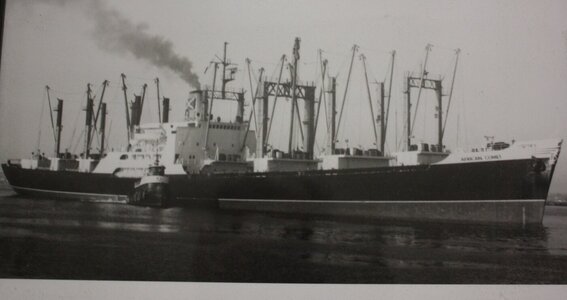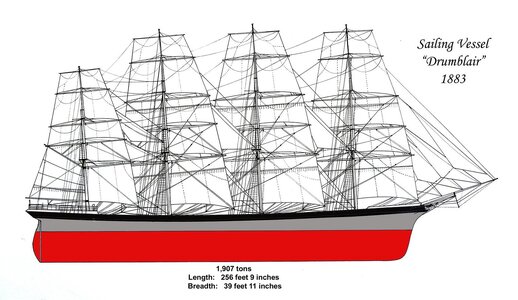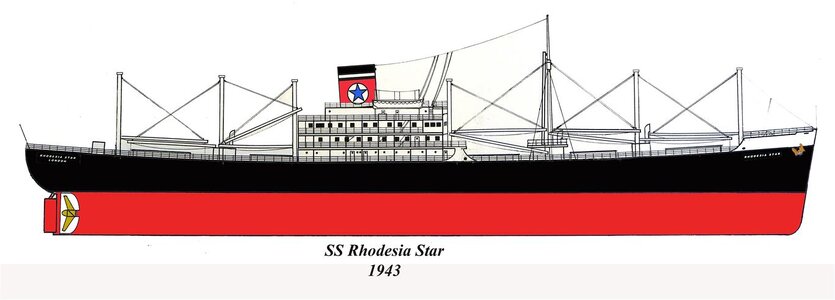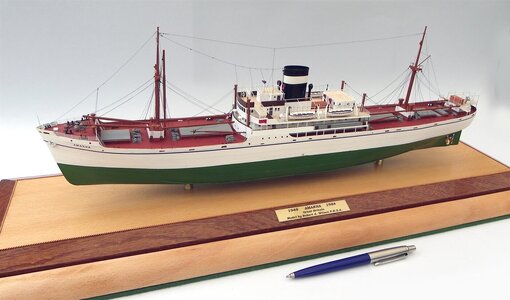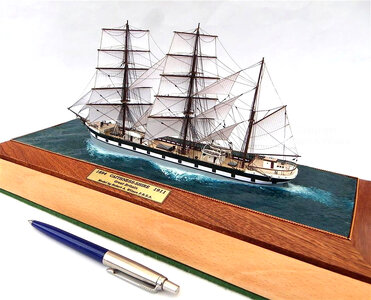This is a C5-s-75a cargo ship, the S.S Cleveland, originally the S.S. American Mail. U sailed her both as an Engine Cadet and as 2nd Engineeiring Officer. Luckily, I scanned the General Arrangement blueprints and still have them, and I have many photographs of the vessel. Perhaps I'll build a model of it someday.
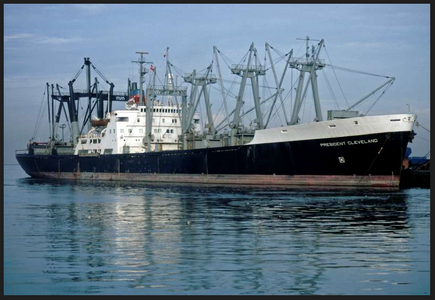
As built in 1969. This is was the last of the center house American general cargo ships.
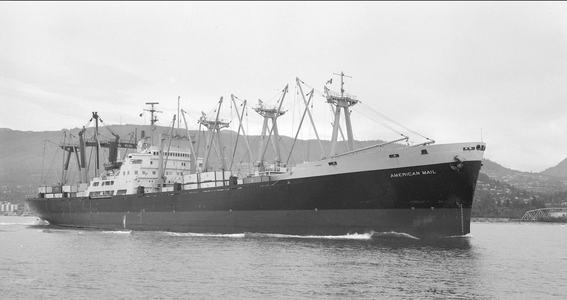

As built in 1969. This is was the last of the center house American general cargo ships.









